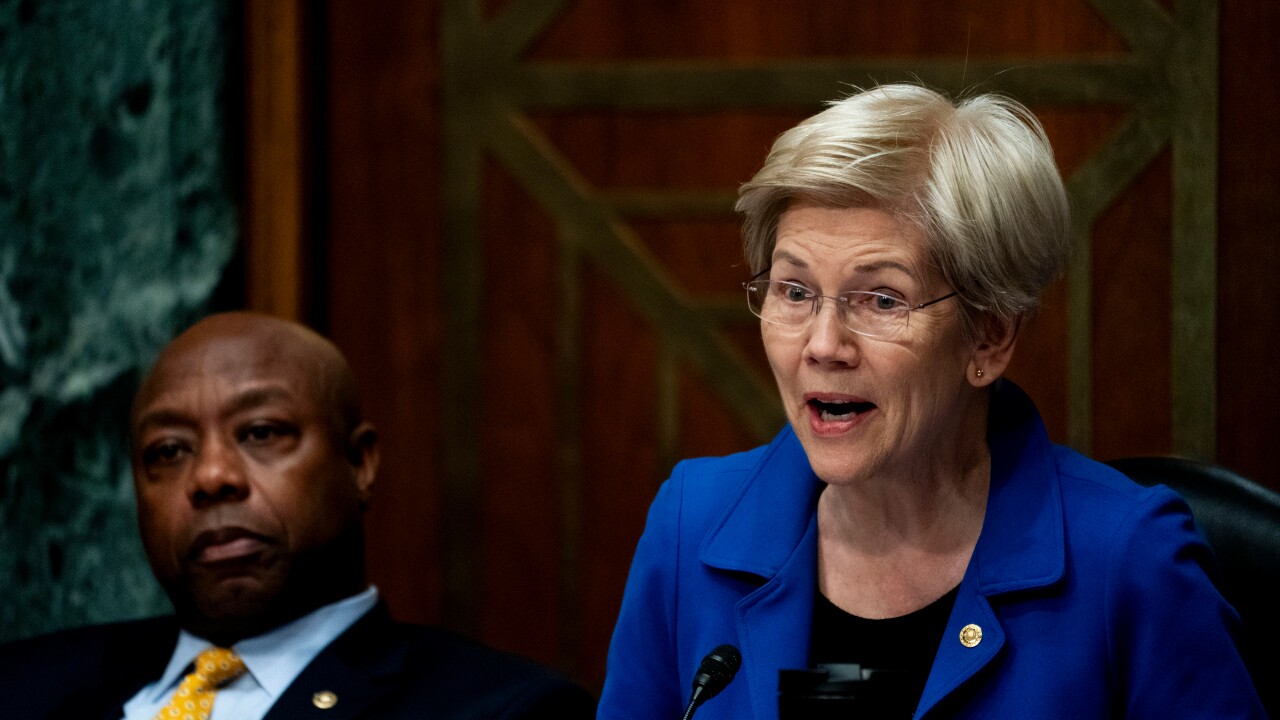-
In the absence of congressional action on housing finance reform, here is what the Federal Housing Finance Agency should do sooner rather than later.
January 26 -
Legislative proposals to reform the housing finance system have failed to garner enough support, but a surprisingly simply reform idea is in plain sight: deeper private mortgage insurance coverage.
December 4 -
Policymakers should stop assuming that homeownership is always better than renting and recognize the economic circumstances that young people will live with for the foreseeable future.
March 11
A recent Associated Press
The public's skepticism is well founded, especially when it comes to federal housing policy. Notwithstanding an alphabet soup of government agencies and federally backed companies — Federal Housing Administration, Fannie Mae, Ginnie Mae, Freddie Mac, Federal Housing Finance Agency, etc. — and trillions spent on government-mandated "affordable housing" initiatives, our homeownership rate today is no higher than it was in the mid-1960s. What is best described as a nationalized housing finance system has failed to achieve its two primary goals: broadening homeownership and achieving wealth accumulation for low- and middle-income homeowners.
The U.S. homeownership
For the last 60 years, U.S. housing policy has relied on looser and looser mortgage lending standards to promote broader homeownership and accomplish wealth accumulation, particularly for low- and middle-income households. Leverage first took the form of low down payments combined with the slowly amortizing 30-year term mortgage, which resulted in
Today, in the shadow of Fannie and Freddie's continued existence, taxpayers are again driving home prices up much faster than incomes — particularly at the lower end of home prices. U.S. housing policy has become self-justifying and self-perpetuating — loved by the National Association of Realtors, many housing advocacy groups, and the government-sponsored enterprises, but dangerous to the very homebuyers it is supposed to help.
To help achieve sustainable, wealth-building homeownership opportunities for low- and middle-income Americans, our current government-backed command and control system should be replaced with market-driven antidotes. For most low- and middle-income families, the recipe for wealth-building over a lifetime contains three ingredients: buy a home with a mortgage that amortizes rapidly, thereby reliably building wealth; participate in a defined contribution retirement plan ideally with an employer match; and invest in your children's college education.
Here are three steps to make the first goal — quickly amortizing mortgages — more of a reality:
First, housing finance needs to be refocused on the twin goals of sustainable lending and wealth-building. Well-designed, shorter term loans offer a much safer and secure path to homeownership and financial security than the slowly amortizing 30-year mortgage. Combining a low- or no-down-payment loan with the faster amortization of a 15- or 20-year term provides nearly as much buying power as a 30-year FHA loan. A bank in Maine offers a 20-year term, wealth-building loan that has 97% of the purchasing power of an FHA-insured loan. By age 50 to 55, when the 30-year-term loan leaves most homeowners saddled with another decade or more of mortgage payments, the cash flow freed up from a paid-off shorter-term loan is available to fund a child's post-secondary-education needs and later turbocharge one's own retirement.
Second, low-income, first-time homebuyers should have the option to forgo the mortgage interest deduction and instead receive a one-time refundable tax credit that can be used to buy down the loan's interest rate. Borrowers who participate in a defined contribution retirement plan might receive a larger tax credit, enabling them to lower their rate even more.
The one-time tax credit would support wealth-building by being available only for loans with an initial term of 20 years or less. To avoid pyramiding subsides and reduce taxpayer exposure, only loans not guaranteed by the federal government would be eligible. This would provide a big start to weaning the housing market off of government guarantees. With the Low-income First Time Homebuyer — or LIFT Home — tax credit in place, the Fannie and Freddie affordable housing mandates could be eliminated, ending the race to the bottom among government guarantee agencies. Reductions in the Department of Housing and Urban Development's budget and other budgeted amounts supporting "affordable housing" should also be used to fund LIFT Home. Better to provide the dollars directly to prospective homeowners, than to be siphoned off to bureaucracies and advocacy groups.
Third, the home mortgage interest deduction should be restructured to provide a broad, straight path to debt-free homeownership. Today's tax code promotes a lifetime of indebtedness by incenting homeowners to take out large loans for lengthy terms so as to "maximize the value" of the deduction. Current law should be changed to: limit the interest deduction for future home buyers to loans used to buy a home by excluding interest on second mortgages and cash-out refinancing; for future borrowers, cap the deduction at the amount payable on a loan with a 20-year amortization term; and provide a grandfather on the deduction cap for existing home loan borrowers with 30-year loans as long as their interest savings go toward shortening the loan's term.
A 21st-century market approach to wealth-building offers a safe and secure path to homeownership and financial security, something we haven't had for decades.
Edward J. Pinto is a resident fellow at the American Enterprise Institute and co-director of AEI's International Center on Housing Risk.





